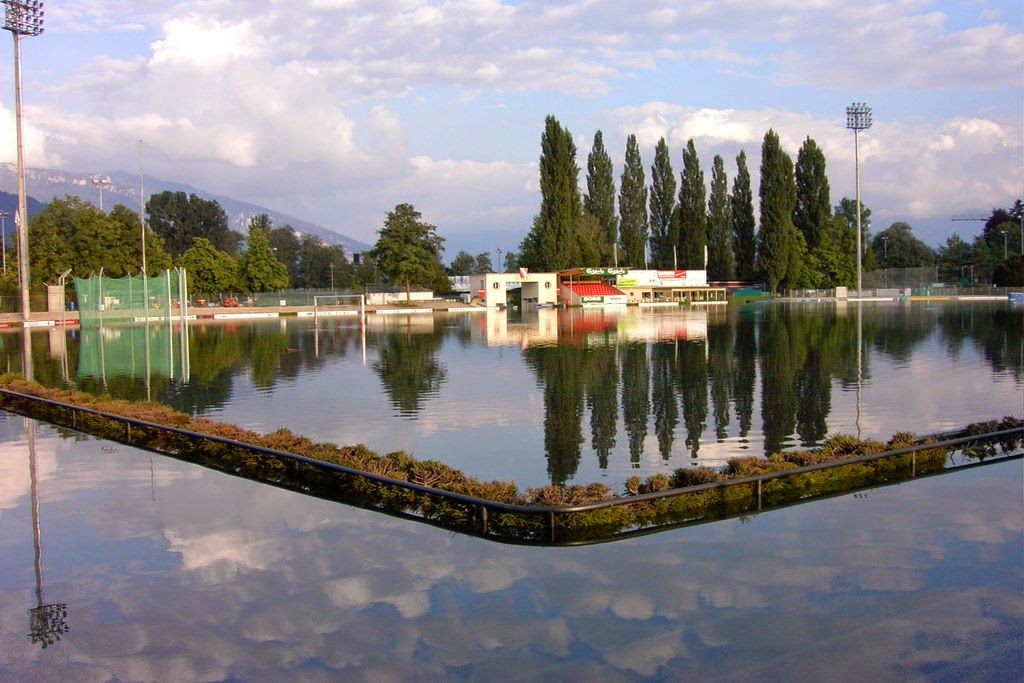 A press release from the European Commission: Timely flood alerts and real-time monitoring of flood emergencies can save lives and prevent damage to property, infrastructure and the environment. Imprints, WeSenseIt and UrbanFlood are just three examples of EU-funded projects that have developed unique forecasting and alert systems to warn communities of impending floods.
A press release from the European Commission: Timely flood alerts and real-time monitoring of flood emergencies can save lives and prevent damage to property, infrastructure and the environment. Imprints, WeSenseIt and UrbanFlood are just three examples of EU-funded projects that have developed unique forecasting and alert systems to warn communities of impending floods.Flood management and prevention is at the heart of the Imprints project which has developed an early warning platform to cut responses to flash floods down to about two hours, and even less – potentially giving people more time to get out of harm’s way. The platform is based on better rainfall predictions, using meteorological models and weather radar networks. The software is able to predict water flows on the ground and provide a full early warning system for flash floods, the amount of debris they might carry and any potential damage to local infrastructure.
Water services and hydro-meteorological operations in Spain, Switzerland and France are using these project’s innovations to refine their own real-time forecasting systems. Furthermore, flash flood indicators, developed within this project, are used now in the operational European Flood Awareness System.
Meanwhile, WeSenseIt, a project which ends in September 2016, makes good use of the power of human observation as an essential part of an early warning system. People contribute by taking measurements using new apps currently being developed by the project, and sending information and images by mobile phone. The new technologies and approaches are being tested in Italy, the Netherlands and the UK.
“We have developed mobile apps so that flood wardens in the UK can walk along river banks, and take tagged pictures if they think there is something of concern,” says project coordinator Fabio Ciravegna from the University of Sheffield. In Italy, an evaluation involving some 500 volunteers simulating a flood in the city of Vicenza was completed at the end of March 2014....
A 2005 flood in Thun, Switzerland, uploaded by Zumbo, Wikimedia Commons, under the Creative Commons 3.0 license



No comments:
Post a Comment